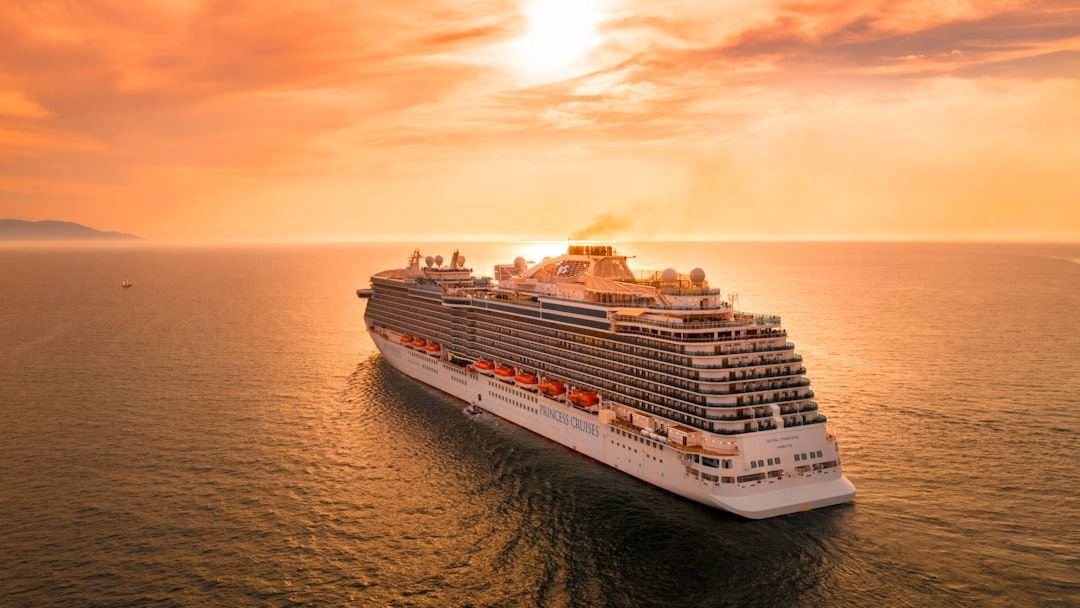Working on cruise ships for several years has given me a unique perspective on what passengers should really know before booking their dream vacation. Millions of travelers board cruise ships each year expecting the perfect getaway, but many encounter surprises that could have been avoided with insider knowledge. Let me share eight critical insights that will help you make an informed decision about your next cruise booking.
Room Service Isn’t Actually Free Anymore

Gone are the days when you could order room service without worrying about extra charges. Royal Caribbean now levies a “service charge” of $7.95 per order for room service, even if all you order is a single side of hash browns. It also adds an 18% “gratuity fee” on top of the service charge for good measure. Similar policies have spread across the industry, with Norwegian Cruise Line implementing a $9.95 “convenience charge” for room service, while Celebrity Cruises added a $9.95 room service fee for all items except continental breakfast. This shift represents a significant change from traditional cruise operations where room service was always complimentary.
Your “All-Inclusive” Vacation Has More Hidden Costs Than You Think
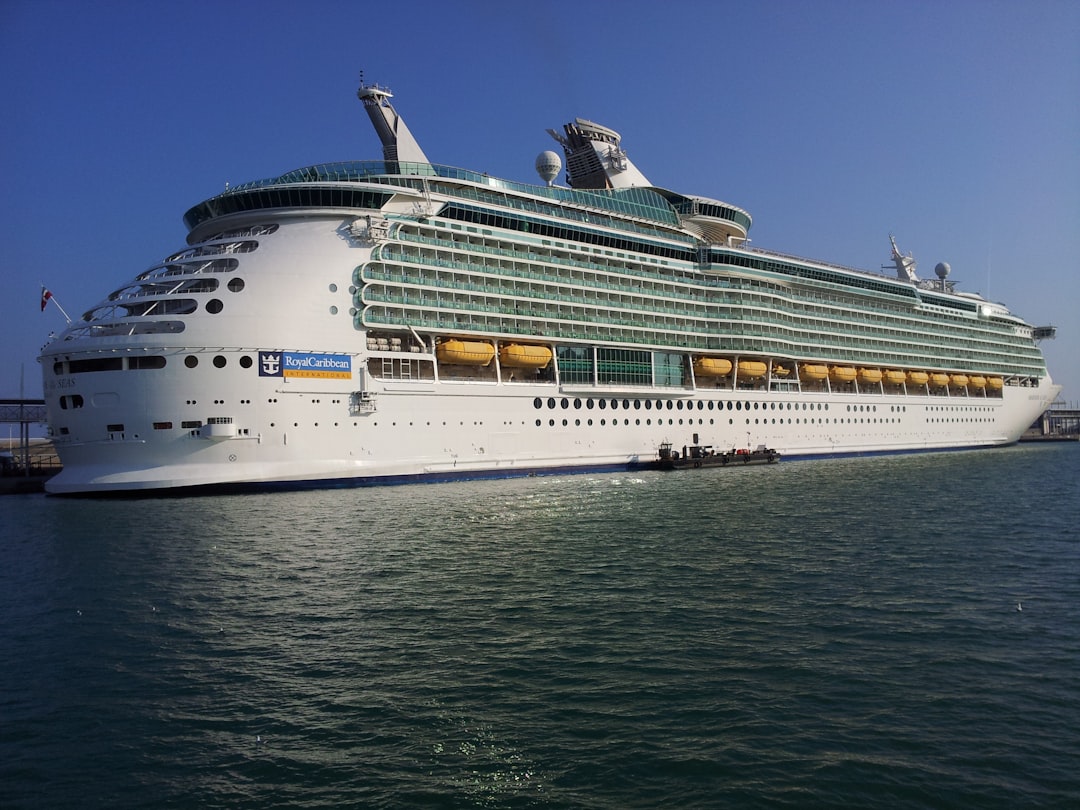
Port fees and taxes often range from 10 to 20 percent of your base cruise fare, and that’s just the beginning. For a seven-day cruise, you are expected to drop around $300 in tips per person, with most cruise lines setting daily gratuity between $13-20 USD per person/per day, depending on your cabin class. Internet access costs have become particularly steep, with Royal Caribbean charging up to $29.99 per device per day for wireless internet when purchased onboard. The rule of thumb from experienced ‘cruisers’ is to expect to pay about double what the sticker said, even if you’re clever about avoiding the worst tricks. These additional expenses can quickly transform what appeared to be a budget-friendly vacation into a much more expensive proposition.
Specialty Dining Can Drain Your Wallet Fast

While main dining rooms offer included meals, specialty restaurants come with significant charges. Depending on the cruise line and type of specialty restaurant, the additional fee could be as low as $20 per person or as high as $80 per person. Most alternative restaurants charge in the range of $15 to $60 per person (or more), but a chef’s table experience or wine-paired meal could be upward of a hundred per passenger. Even within the included dining rooms, premium items carry surcharges. On Royal Caribbean ships, a prime cut of filet mignon from Chops Grille costs an additional $20.00, while a Maine lobster tail goes for $16.99. The temptation to upgrade from standard cruise fare after a few nights can lead to substantial unexpected expenses.
Many Crew Members Actually Work for Third-Party Companies
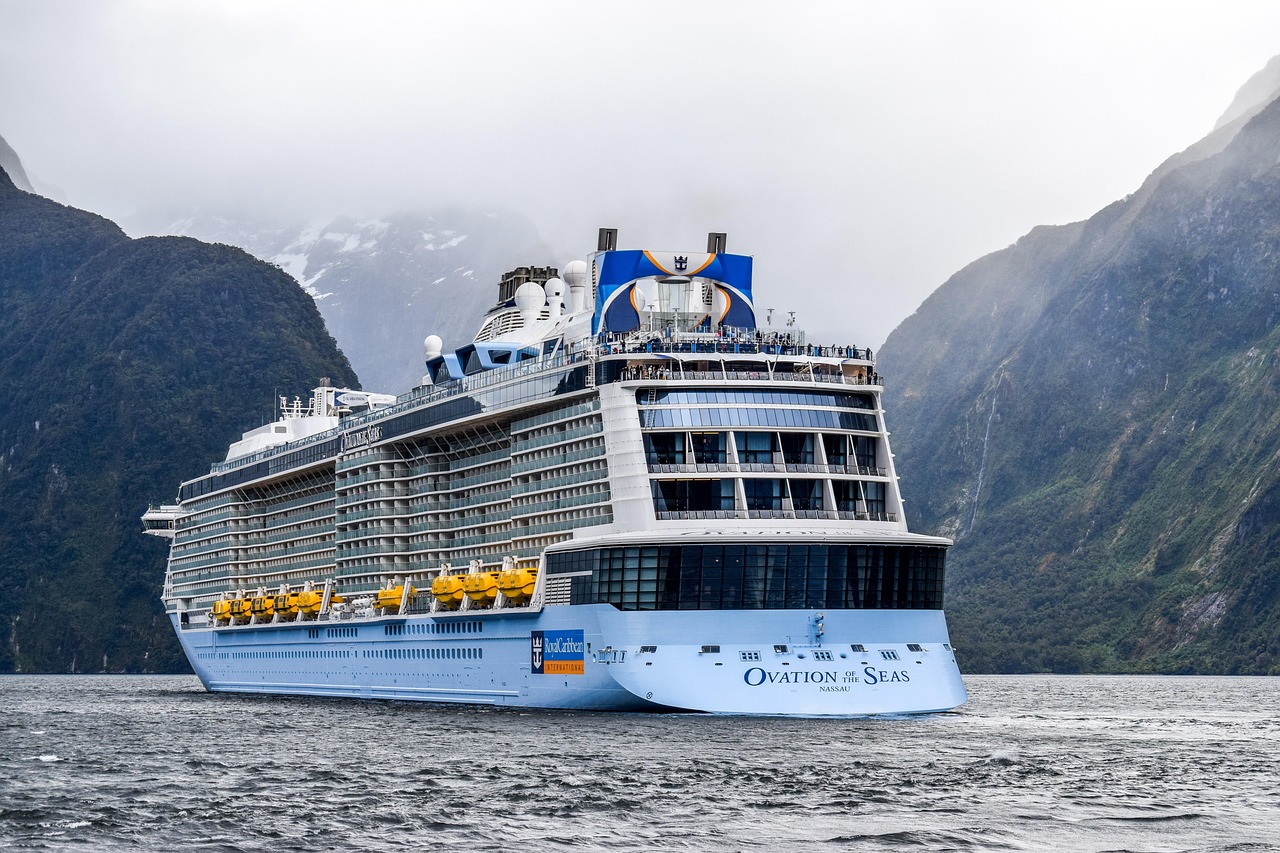
Here’s something most passengers never realize about cruise operations. Many “crew” are employed by third-party companies that the cruise line uses to run facilities including the Spa and Fitness Centre, Shops, Art Auctions, the Photo Centre, and even the Medical Centre on some ships, with cruise lines usually stating in their contract that they are not responsible for the actions of these third-party employees. Most earn low salaries, and their earnings are very reliant on commission. Even crew employed by the cruise line are not recruited directly by the line but through third-party agencies based in different countries who are contracted to find and screen crew members. This explains the persistent sales pressure you’ll encounter for shopping, spa treatments, art auctions, and photography packages throughout your voyage.
Onboard Activities Often Come With Surprise Charges
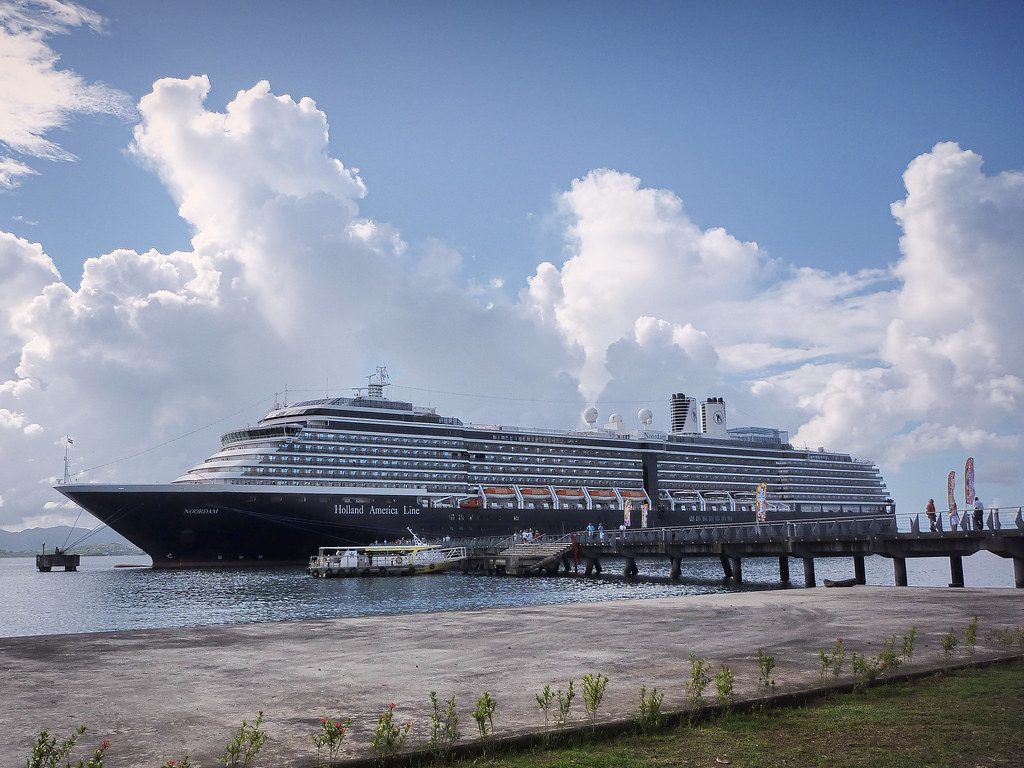
Many activities that passengers assume are included actually require additional fees. There are a few activities you can do on board the cruise ships that are free, but for most activities, you’ll have to pay, with even activities that seem like they would be free onboard coming with restrictions for certain hours unless you want to pay. Popular attractions like racing simulators, rock climbing walls during peak hours, and specialty fitness classes frequently charge extra. The race track on Norwegian Joy costs $15 per person as just one example. These additional costs can apply to attractions ranging from exclusive sun decks to onboard rides and games. Smart passengers research which activities are truly complimentary before boarding to avoid disappointment and unexpected charges.
Shore Excursions Through the Ship Are Marked Up Significantly
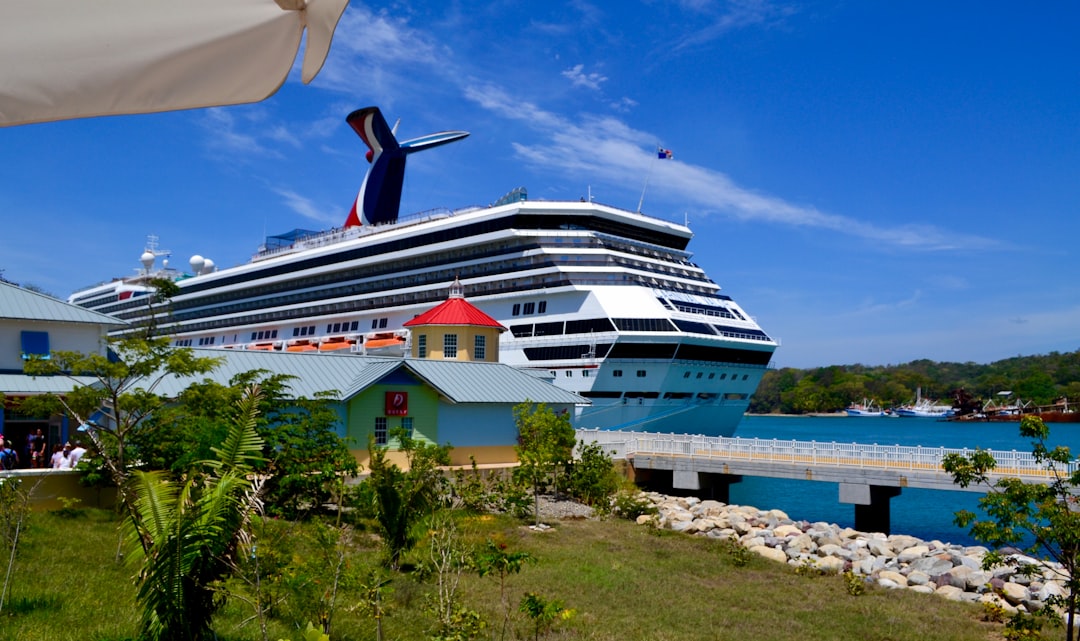
Cruise lines sell shore excursions but inflate prices above what the actual tour operators charge. However, there’s a trade-off to consider beyond just cost. Cruise lines often guarantee they will wait for you if you are late returning from a paid excursion arranged by the cruise liner, but if you go ashore yourself it’s possible you could get left behind if you are tardy. The peace of mind that comes with ship-sponsored excursions can be worth the premium for many travelers. Some experienced cruisers use ship excursions despite being more expensive because they have been late coming back where the ship had to wait, and flying to the next port would have been costly and stressful. Independent exploration offers savings but requires careful time management and assumes personal responsibility for timely return.
Crime Rates on Cruise Ships Are Rising, Especially Sexual Assaults

Crime on cruise ships has reportedly been increasing in recent years according to FBI data, with sexual assault cases being a particular concern. Sexual assault and rape numbers on cruise ships have risen over the past few years, across a range of different ships and companies. The vast majority of crimes aboard cruise ships are committed by passengers, with incidents varying year to year, showing an overall upward trend in recent years. Safety experts recommend locking your cabin door at night, avoiding leaving drinks unattended, never going into someone’s stateroom alone, and being mindful of who is around in corridors when walking to your cabin.
Crew Living Conditions Are Harsher Than You Might Imagine
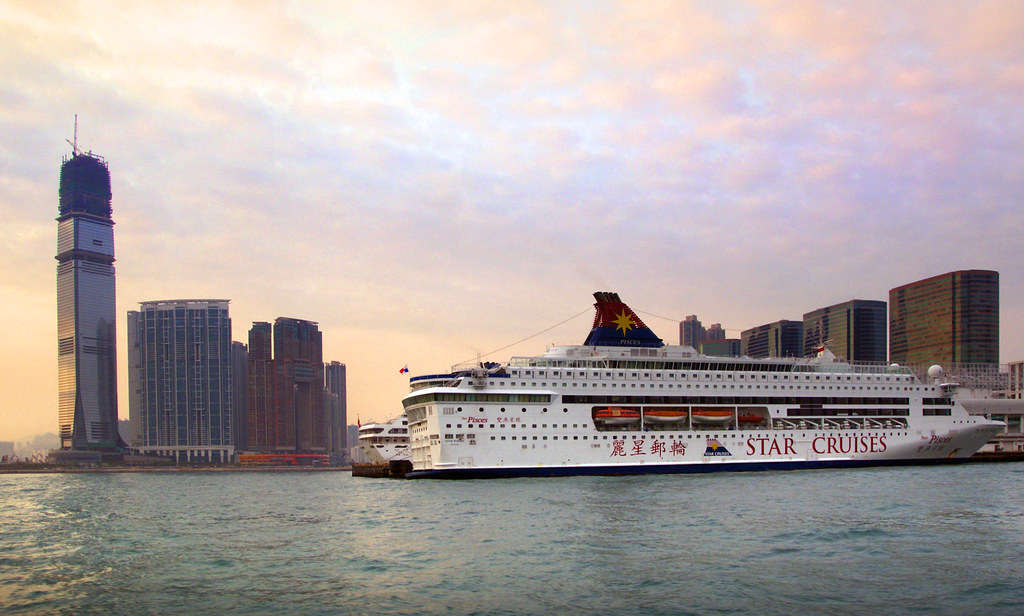
Some cruise ship workers work 16 hours a day, 7 days a week, with working days starting at 6 am and ending well after midnight, where sometimes you don’t know what day of the week it is. Contracts can be 2 to 11 months long, with most lasting 4 to 8 months, and employees usually get a couple of months off between contracts. Through working and living together in such close quarters for prolonged periods of time, crews are able to quickly forge strong relationships, forming friendships that can feel like family, with the shared experience creating understanding like no other. However, cabin fever is not unheard of. Understanding these realities helps explain why crew members work so hard for tips and why treating them with kindness and respect makes such a difference in their demanding work environment.
Conclusion
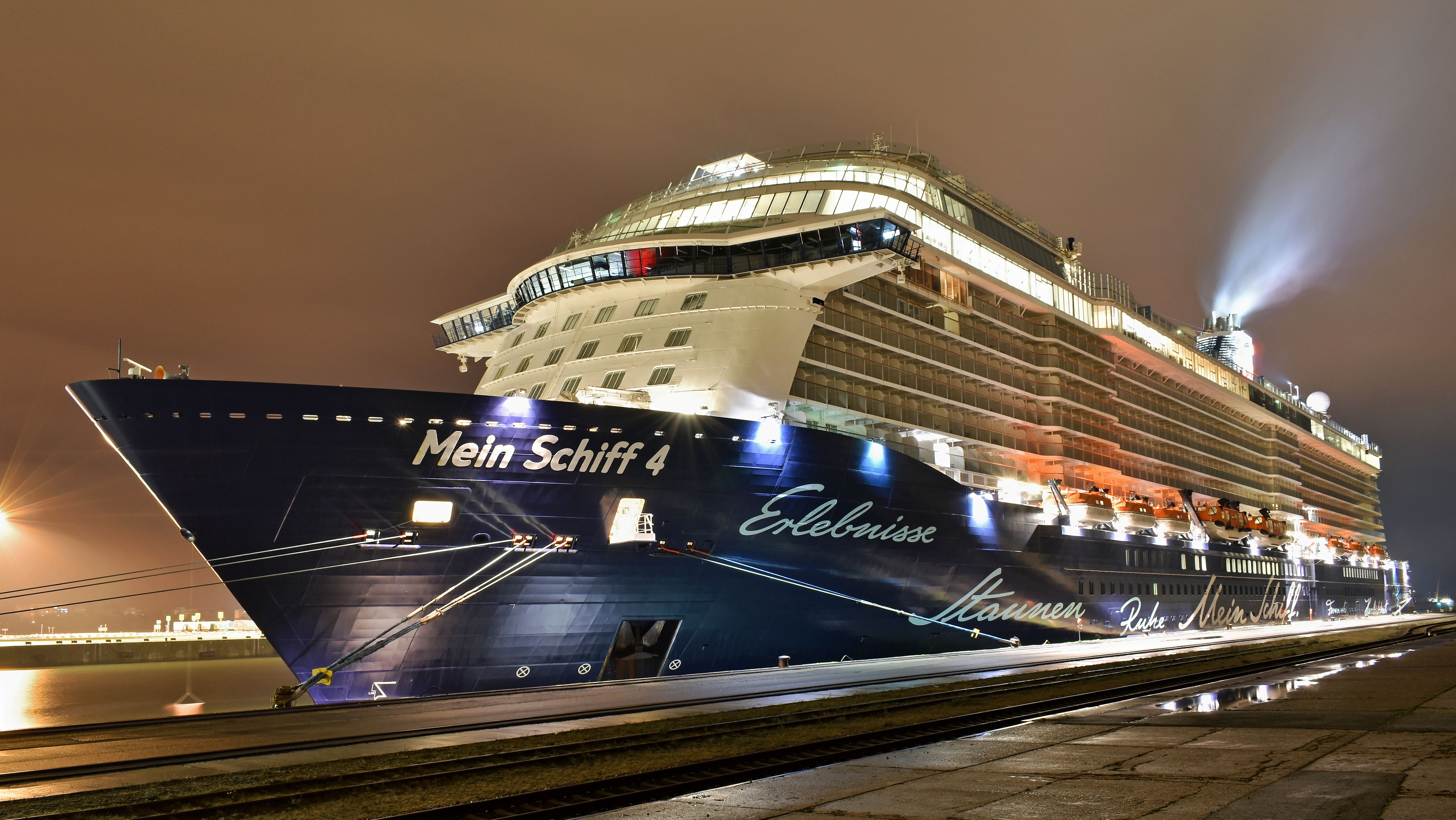
Cruise vacations can still provide incredible value and unforgettable experiences, but knowledge is power when it comes to managing expectations and budgets. The industry has evolved significantly over the past few years, with more fees, services, and safety considerations than ever before. By understanding these insider realities, you can make informed decisions about where to spend your money, how to stay safe, and what to expect from your cruise experience. What surprises you most about these behind-the-scenes cruise ship facts?
